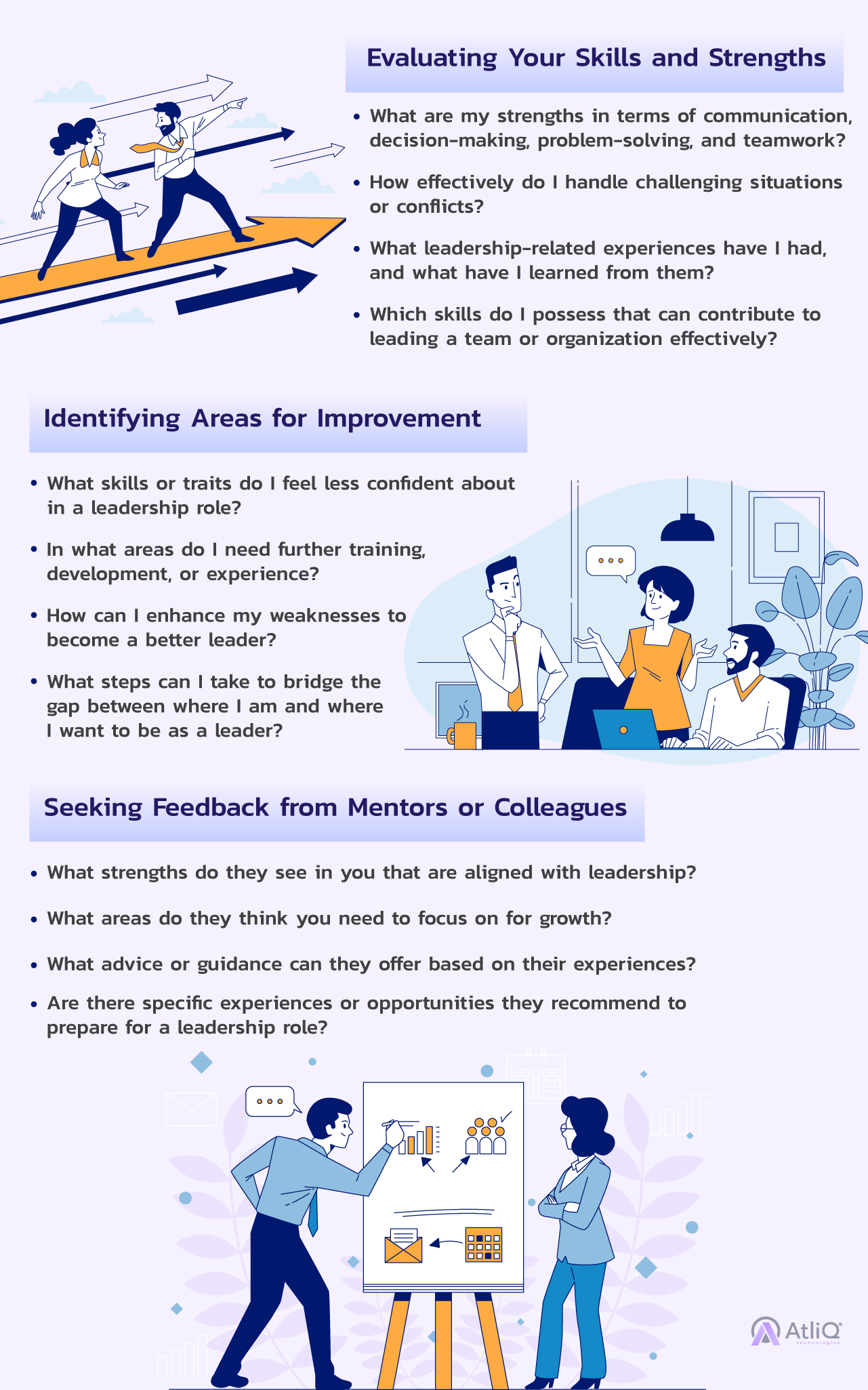
In a corporate world where waves crash against the shore, leaders stand as the lighthouses, guiding ships through turbulent waters. A leadership position is more than a title—it’s the helm that steers the course for progress, the compass navigating teams through uncharted territories, and the spark that ignites the flames of innovation. It’s the art of influence, the science of empathy, and the craft of orchestrating a symphony of talents toward a common goal. Leadership isn’t just about authority; it’s about inspiration, empowerment, and the unwavering commitment to bring out the best in others.
Understanding Leadership
The classic definition of leadership is- It is the art or process of motivating, influencing, and guiding individuals or a group toward the achievement of a common goal or vision. It involves inspiring and empowering others to maximize their potential, fostering a collaborative environment, and making decisions that drive progress and positive change. Effective leadership involves a combination of qualities such as vision, empathy, communication, integrity, and the capacity to make sound decisions that benefit both the individuals and the organization as a whole.
Qualities of an Effective Leader
Effective leadership hinges on a mosaic of qualities that amalgamate to create an impactful and influential individual. Some key qualities include:
- Visionary Perspective: A great leader has a clear vision and the ability to articulate it, inspiring others to contribute to its realization.
- Emotional Intelligence: Understanding and managing emotions—both their own and those of the team—is crucial. Empathy, self-awareness, and strong interpersonal skills are fundamental.
- Decisiveness: Leaders must make informed decisions, even in uncertain circumstances, and take responsibility for their choices.
- Communication Skills: Being able to convey ideas, provide feedback, and listen actively is essential for fostering a collaborative and productive environment.
- Adaptability: The capacity to navigate change, pivot strategies, and remain resilient in the face of challenges is crucial.
- Integrity and Ethics: Upholding ethical standards and leading by example is pivotal for building trust and credibility.
Different Styles of Leadership
Leadership styles vary based on approaches to decision-making, communication, and the overall relationship between leaders and their teams. Some prominent leadership styles include:
- Autocratic Leadership: Characterized by centralized control and decision-making by the leader with little input from the team.
- Democratic Leadership: Involves a participative approach, where the leader encourages team involvement in decision-making processes.
- Transformational Leadership: Focuses on motivating and inspiring team members by fostering a compelling vision and encouraging innovation and personal growth.
- Servant Leadership: Emphasizes serving the needs of others, prioritizing their development and well-being.
- Laissez-Faire Leadership: Involves a hands-off approach, providing autonomy to the team to make decisions and solve problems.
Impact and Responsibilities of a Leadership Position
The role of a leader bears significant weight and responsibility, as they impact both individuals and the organization as a whole. Responsibilities typically include:
- Setting Direction: Establishing goals, outlining strategies, and providing a clear direction for the team or organization.
- Motivating and Inspiring: Cultivating a positive work culture, motivating the team, and fostering a sense of purpose and passion.
- Decision-Making: Making critical decisions that affect the direction and success of the team or organization.
- Conflict Resolution: Addressing conflicts and ensuring a harmonious work environment.
- Accountability: Taking responsibility for outcomes and fostering accountability within the team.
Self-Assessment: Are You Ready To Be A Leader?
Before stepping into a leadership role, it’s essential to reflect on your aspirations and motivations. Ask yourself:
- What drives my interest in leadership?
- What specific qualities or goals do I envision in a leadership position?
- How do I perceive the impact I can make as a leader?
- What values and principles do I want to embody as a leader?
Understanding your internal drive and the reasons behind your desire for a leadership role is crucial. It helps align your ambitions with the responsibilities and expectations that come with leading others.
The Leadership Readiness Checklist
Recognizing readiness for a leadership role involves considering several key indicators:
- Clear Vision and Goal-Orientation: Having a clear vision and goals, and the ability to communicate and inspire others toward these objectives.
- Motivation to Empower Others: A desire to empower, mentor, and develop others, fostering a team that’s stronger collectively.
- Resilience and Adaptability: The capability to navigate through challenges, pivot strategies when necessary, and remain resilient in the face of adversity.
- Demonstrated Accountability: A history of taking responsibility for actions, decisions, and outcomes, acknowledging both successes and failures.
- Continuous Learning and Growth Mindset: A willingness to learn, adapt, and grow, constantly seeking improvement and development.
Assessing Emotional Intelligence and Communication Skills
Emotional Intelligence: The ability to understand and manage emotions, both one’s own and others, and effectively use emotions to guide thinking and behavior.
Communication Skills: The capacity to articulate ideas, listen actively, provide constructive feedback, and engage with others in a clear and empathetic manner.
Ability to Handle Challenges and Make Tough Decisions
Leaders often encounter challenging situations that require difficult decisions. Readiness for leadership includes:
- Problem-Solving Skills: Demonstrating the ability to analyze problems, strategize solutions, and make timely decisions under pressure.
- Courage and Confidence: Being courageous enough to face adversity and confident in making decisions, even in uncertain circumstances.
Track Record of Teamwork and Collaboration
- Team Building and Collaboration: A history of fostering cooperation, inspiring teamwork, and respecting diverse opinions and contributions within a team setting.
- Conflict Resolution Skills: Proven abilities in resolving conflicts and promoting a harmonious working environment.
Gaining Experience
Taking incremental steps toward leadership is crucial in preparing for larger responsibilities. Consider opportunities to lead in smaller capacities, such as:
- Leading Small Projects or Teams: Take charge of small-scale projects or lead a team on minor assignments. This provides a practical experience in guiding others towards a goal.
- Mentoring or Coaching: Engage in mentorship roles or coach newer team members. This not only develops your leadership skills but also supports the growth of others.
- Initiating Change or Innovation: Propose and lead small-scale changes within your team or department, exercising leadership in implementing new ideas.
Volunteering for Leadership Initiatives or Projects
- Cross-Departmental Projects: Join projects that involve multiple departments, allowing you to collaborate and lead diverse groups.
- Task Forces or Committees: Participate in task forces or committees where leadership opportunities emerge, providing exposure to decision-making and team coordination.
- Community or Organizational Initiatives: Volunteer for community service projects or internal initiatives to gain leadership experience outside your daily role.
Handling Leadership Challenges and Learning from Mistakes
- Facing Adversity Head-On: Embrace challenges that come your way, as they provide opportunities to test and develop your leadership skills.
- Reflecting on Failures: Analyze and learn from instances where things didn’t go as planned. Reflection on failures is integral to personal and professional growth.
- Seeking Feedback and Improvement: Actively seek feedback from peers, mentors, or team members to identify areas for improvement based on past experiences.
Assessing one’s readiness for a leadership position is a journey that demands introspection, self-assessment, and continuous growth. Understanding that leadership is not solely about a title or authority but rather about influence, vision, and impact is pivotal. It’s a dynamic amalgamation of qualities, experiences, and a mindset geared towards growth and development.
So, whether you’re already in a leadership role, aspiring towards one, or contemplating the possibility, the essence lies in the commitment to self-improvement and the willingness to embrace challenges and learning experiences.
Your readiness for a leadership position isn’t defined by a singular moment but by the culmination of your experiences, personal growth, and ongoing dedication to becoming the best version of yourself as a leader.
Embrace the journey, continue to learn, and be open to the possibilities that await. The world needs leaders who are not just ready to lead, but willing to learn, grow, and inspire others towards a brighter future.
